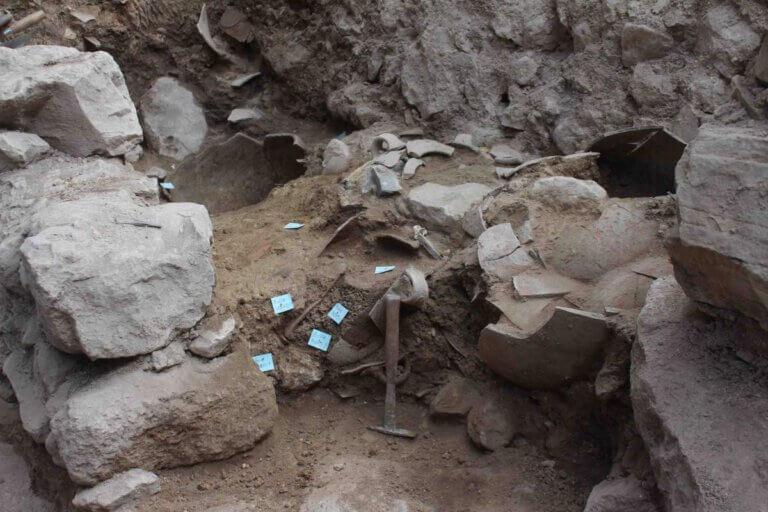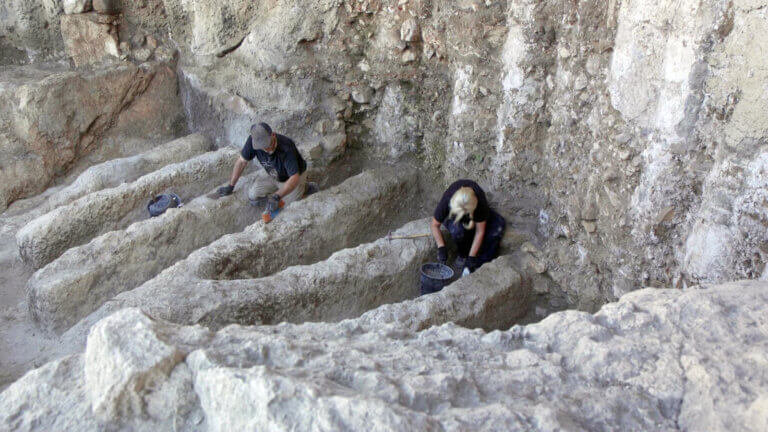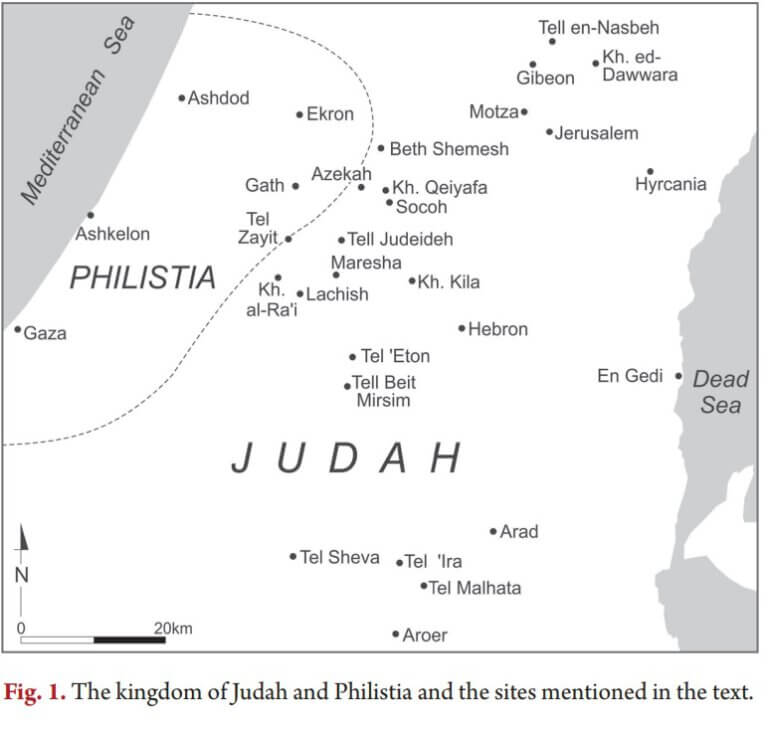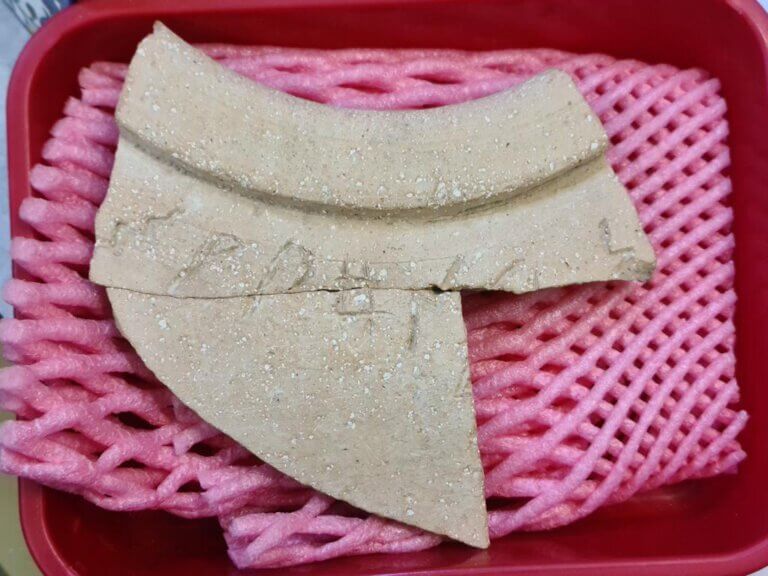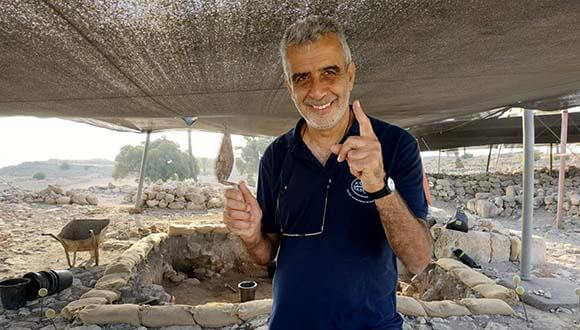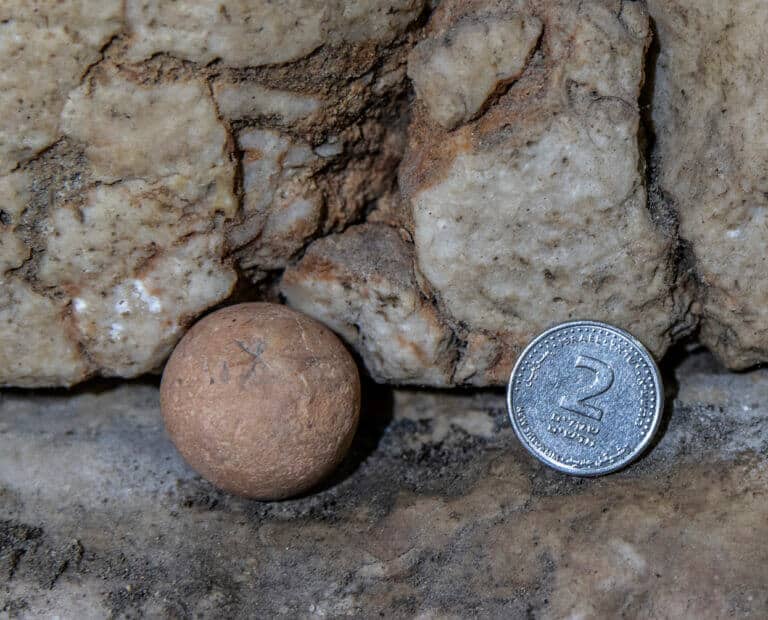Hayadan > First House Period
First House Period
- Avi Blizovsky
- May 2, 2024
The researchers, from the Weizmann Institute, Tel Aviv University, the Antiquities Authority, Bar Ilan and other institutions from around the world, overcame the phenomenon of "ancient cities" that are not arranged in layers that makes it difficult for archaeologists around the world and presented for the first time an absolute dating of Jerusalem in the Iron Age
- Israel Antiquities Authority Archeology
- August 31, 2023
- One response
The canal facilities, the likes of which have not yet been discovered in Israel, were in use about 2,800 years ago - during the time of the First Temple; According to the researchers from the Antiquities Authority and Tel Aviv University, "it is possible that the canals were used to soak some product. The central location of the canal facilities shows that the product produced in them was associated with a palace or a temple.
- The Hebrew University
- July 22, 2023
- 5 תגובות
The research from the Hebrew University determines for the first time, through archaeological and historical means, the boundaries of the kingdom of King David and his grandson, King Rehoboam and resolves the long-standing debate about the very existence of the kingdoms and their urban boundaries
- The Hebrew University
- April 14, 2023
- 9 תגובות
A Shebaite inscription was deciphered on a clay urn that contained incense and was discovered less than 300 meters from the site of the temple as part of the Ofel excavations in Jerusalem. The inscription on the urn indicates a connection between King Solomon's Israel and the kingdom of Sheba which was in the territory of today's Yemen
- Tel Aviv University
- June 20, 2022
- 3 תגובות
Prof. Israel Finkelstein from the Department of Archeology at Tel Aviv University takes us into the wonderful journey following the story of the wanderings of the Ark of the Covenant in 360 Samuel and XNUMX Samuel. How the Ark of the Covenant was moved from Shiloh to the Philistine captivity in Ashdod and from there to Kiryat Yaarim in Israel and finally to Jerusalem, the capital of Judah. Who were the writers who wrote the story, when did they write and what was their purpose? From the Tel Aviv XNUMX podcast series of Tel Aviv University
- Israel Antiquities Authority Archeology
- October 14, 2020
- 4 תגובות
According to Dr. Barak Monikandam-Givaon and Thila Lieberman, the managers of the excavation on behalf of the Antiquities Authority: "The barbell is made in the shape of a dome with a flat base. At the top of the weight is carved a sign that resembles the letter E, an Egyptian sign that represents an abbreviation of the word 'shekel', and next to it are two lines indicating two shekels

